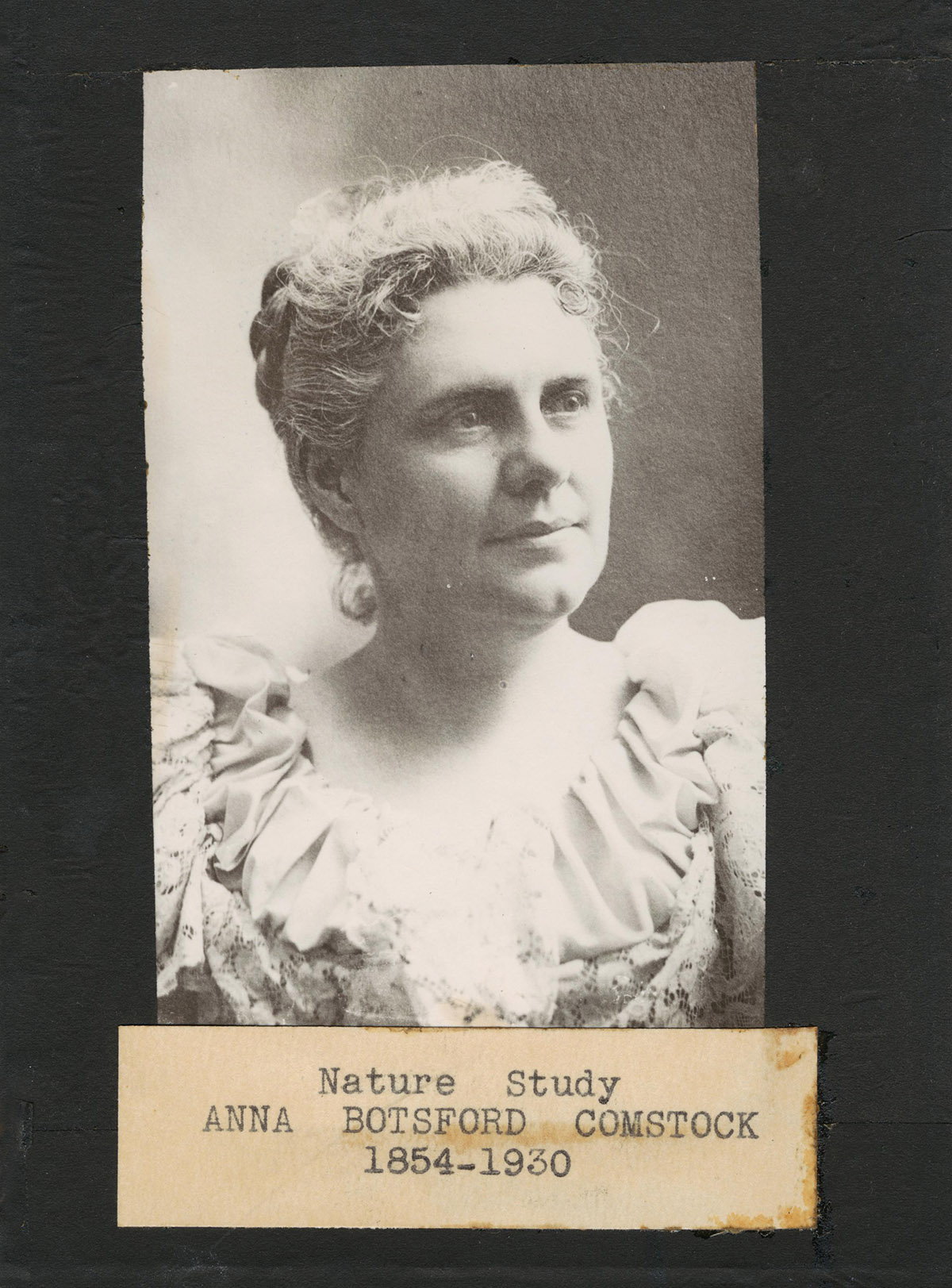Material Culture of The History of Science: The Pemmican of 19th-Century Field Naturalists
The obligations of civilized society were many for Victorian women and daunting; it's no wonder they became interested in the Victorian rage for collecting natural history objects, outdoors, far away, in the field like the 19th-century lady naturalists, my heroes, including Mary Kingsley (above) and Anna Comstock (below) in what appears to be a mugshot for a becoming frothy ruched neckline, an updo, and Nature Study:
 |
| The story of Anna "Nature Study" Comstock. I have a hat like that. |
Since I'm perpetually hungry and a grazer, when it comes to the material culture of the history of science, I want to know about the snacks. What did early women in field science eat in the field? Not Nesselrode pudding.
What 19th-century version of GORP was in Mary Kingsley's tent?
Pemmican, probably. Shackleton ate it. [Bonus: The extraordinary science of addictive junk food. Note: pemmican does not qualify.]
Pemmican "consists of lean, dried meat (beef, elk, venison) which is crushed to a powder and mixed with an equal amount of hot, rendered fat (usually beef tallow). Sometimes dried berries are added."
I'll report back.
Image credits:
Mary Kingsley in climbing dress standing outside her tent in New Zealand, photographed by an unknown photographer in 1895, courtesy of Alexander Turnbull Library
Portrait of Anna Comstock, courtesy of the Division of Rare and Manuscript Collections, Cornell University
Slade, Suzanne Out of School and Into Nature: The Anna Comstock Story, Sleeping Bear Press, 2017


Comments
Post a Comment